The Kansas City Federal Reserve Bank held its annual research symposium at Grand Teton National Park in Wyoming this week. The focus was on the limits of monetary policy. The challenge faced by central bankers is that since the Great Depression, the world has faced deflationary pressures from overcapacity. Oil prices have plummeted, Chinese steel floods the global markets and workers remained frustrated with low wages and finding full-time work. Central bankers have run into a problem because their primary tool of interest rate policy to stimulate the economy has run into the limit of zero nominal interest rates. At zero, they are essentially giving away money. But investment remains stuck on low. And one way to stir the economy, to prompt inflation that gives the room of rising prices for firms to make profitable investments, isn’t happening.
The luncheon speaker was economics Nobel laureate Christopher Sims. Sims is famous for the theory of rational expectations, which many conservative economists love because it gives little role to fiscal policy, except to keep the federal debt and deficits in check. It gives a modest role to monetary policy: have a strongly stated transparent policy to set interest rates to rise to beat back inflation and fall if the inflation rate falls. Conservatives like this because it coincides with a small government and laissez-faire attitude toward business.
But Sims gave a clear prescription that the only way to get out of the rut the economy is stuck in is for the government to run a very sizeable deficit and to announce that it will be big enough to generate inflation and the deficit will be paid off by the rising revenues that the inflation will produce. This creates a rare consensus among economists. Sims' fellow Princeton economist and Nobel laureate, Paul Krugman, has said this same thing. Normally economists are chided for offering "on the one hand, on the other hand" kinds of advice. But here, both hands, from opposite ends of modeling the economy, agree.
Earlier this year, Catherine Mann, chief economist to the Organization for Economic Cooperation and Development, made the same plea to the member countries of the OECD. The International Monetary Fund, also has pushed for the United States to do more fiscal stimulus.
Sims went further, that the best monetary policy would be for central bankers whom he characterizes as the best assemblage of objective economists independent of political persuasion, to explain to any and every one, the best way out is for people to expect when the economy is stuck in this position of no inflation and very slow growth that the fiscal authorities will step in and use deficit spending to restore inflationary expectations. And because it may well be that people don’t understand or believe that fiscal stimulus is needed, a tax cut may not do the trick, since people may save instead of spend the tax savings.
This is a clear consensus for the type of massive spending on infrastructure called for by Democratic presidential nominee Hillary Clinton. But this is a call to re-inflate the economy as well. So that means the infrastructure should not be balanced by tax increases, but instead to use the bump up in tax revenue that comes when incomes rise because of inflation.
Most people are used to being told deficits are bad. Inflation is bad. In the 1980s, the U.S. economy was shocked out of rising inflation by the Federal Reserve deliberately crashing the economy and raising unemployment. This is a call for a similar shock, but by fiscal authorities to re-inflate the economy to full employment. It is time Americans learned a new economic lesson.

